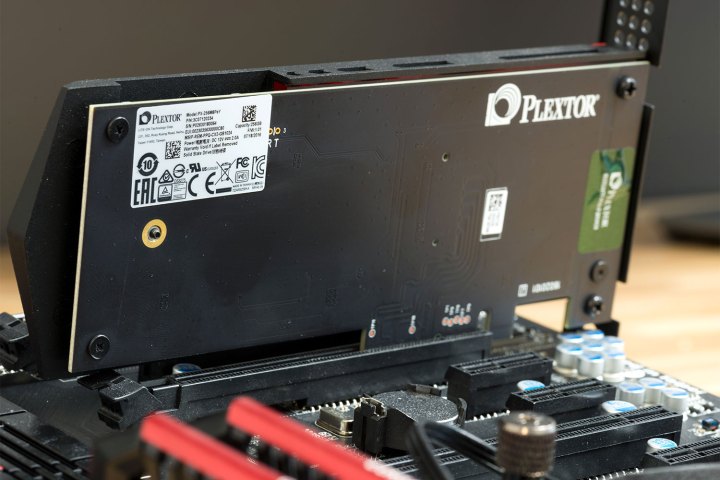
AMD’s says its new Ryzen 3 processors — announced this year at CES 2019 — will be the first consumer CPUs to support faster data transfer speeds. Those claims may be short lived.
Even though the newly announced Ryzen 3 will be the first processor to come to market supporting the new PCIe 4.0 standard — current PCs are still on PCIe 3.0 — the industry group that’s responsible for the PCI specifications leapfrogged AMD’s announcement by ratifying PCI Express 5.0 version 0.9. PCIe 5.0 will effectively increase the data throughput of PCIe 4.0 by twofold.
Given that PCIe 4.0 already doubled the throughput rate of PCIe 3.0, going from eight gigatransfers per second to 16 gigatransfers per second, the speed bump means that PCIe 5.0 will quadruple the rate of today’s PCs with support for up to 32 gigatransfers per second (GT/s). PCIe 4.0 delivers 64GBps of throughout, while PCIe 5.0 is expected to deliver up to 128GBps using the same 128b/130b encoding method that debuted on PCI 3.0. The faster throughput will beneficial for users who rely on premium graphics cards, especially in systems with multi-GPU setups.
Unfortunately, though, most home computing users may not be able to experience PCIe 5.0 devices for some time. Given that PCI-SIG expects that the new PCIe 5.0 standard to coexist alongside PCIe 4.0 for some time in the immediate future, the former will likely be targeted for high-performance workloads while the latter will be used primarily for general PCs. Although it’s unclear when we’ll begin to see PCIe 5.0 devices hit the market, it will likely be used in high-performance computers (HPCs) and data centers. In the Apple community, AppleInsider is hopeful that Apple will adopt PCIe 5.0 standard on its upcoming redesigned Mac Pro that will debut some time this year.
Device manufacturers usually begin designing for the new specifications around revision 0.4 and launch new designs around revision 0.9, according to Tom’s Hardware. Version 1.0 of the standard is expected to be finalized during the first quarter of this year.
In addition to faster speeds, PCIe 5.0 will deliver other benefits, like “electrical changes to improve signal integrity, backward-compatible CEM connectors for add-in cards, and backward compatibility with previous versions of PCIe,” Tom’s Hardware reported. “The PCI-SIG also designed the new standard to reduce latency and tolerate higher signal loss for long-reach applications.”
The move to finalize the PCIe 5.0 specifications has been relatively speedy, given that a delay in PCIe 4.0 resulted in a seven-year gap between when PCIe 3.0 and PCIe 4.0 launched. The PCIe 3.0 specifications, which is used on many PCs today, originally debuted in 2010.


